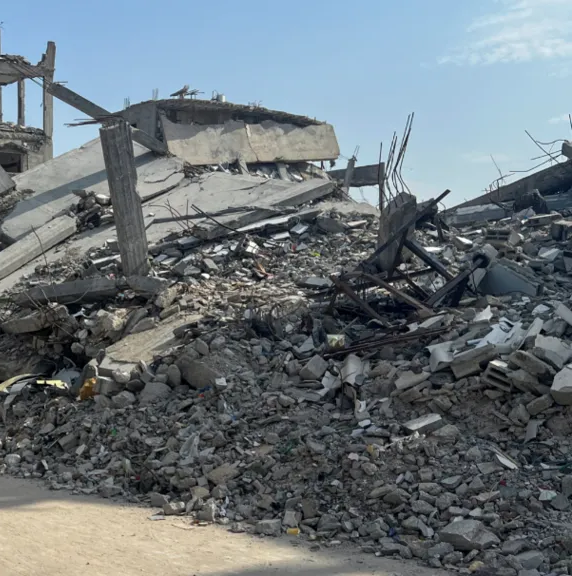There are proposals and counter-proposals over the fate of Gaza, leading to concerns. According to multiple sources including the British Broadcasting Corporation and Cable News Network, the initial Gaza plan in the ceasefire deal — reached by the warring parties in January 2025 — was to rebuild Gaza which has been devastated by more than a year-long Gaza war while the proposal of the Trump administration aims to make Gaza a Middle East Riviera, displacing Gazans. The latest proposed plan of Egypt aims at rebuilding Gaza within the next five years avoiding displacing Palestinians from the territory. But it remains unclear whether any plan that keeps Gazans outside their own place will bring lasting peace and what will be the fate of Gaza.
Any post-war Gaza plan excluding the Gazans from their lands will create further grievances and may lead to the continuation of the conflict between Israel and Palestine in the future too. It is notable that the Gazans have been living in the Gaza Strip for centuries and seeking an independent state for Palestinians for decades. Additionally, it is difficult to be implemented peacefully due to several reasons including the unwillingness of the Gazans to leave their place and the opposition from Arab countries to the evacuation plan. Forced displacement will probably lead to growing anger among Gazans and Arab countries for a long, making the relations further bitter between Israel and Arab countries, along with between Arab countries and the United States.
The Gaza plan of Egypt, proposed at the Arab Summit on Gaza Reconstruction held in Cairo and attended by Arab leaders, which requires more than $53 billion will give a respite and help bring peace to war-torn Gaza. But it is difficult to implement the plan, which is endorsed by Arab countries including Saudi Arabia and supported by many European countries such as France, Germany, Italy and Britain, though it has many similarities with the initial plan proposed by the Biden Administration. This is because of several reasons including the rejection of Israel and the United States, a staunch ally of Israel in the Middle East that has not only supported Israel during the war but also helped reach ceasefire deals.

Photo credit: https://theconversation.com/.
Given that further conflicts arise or forces are applied to displace the Gazans, who are already affected by the war and have lost their homes and near and dear ones, on the basis of the post-war fate, consequences can be deadly, which is undesired. In the least possible scenario, there will be deaths of many Gazans and immense humanitarian consequences if the conflict aims at forcibly displacing them from their lands, which have already been termed by many as equivalent to ethnic cleansing. But in the worst-case scenario, forced displacement can draw many other countries to the war — leading to a larger war in the entire region.
A desirable solution to the fate of post-war Gaza is vital. Though the reconstruction of Gaza is a desirable solution, a consensus needs to be reached. Diplomatic steps are vital and may help reach a consensus among the parties including the United States and Israel, the support of which is crucial for reconstructing Gaza, on the Gaza plan and its terms and conditions. The role of Arab leaders is crucial here. But commitment is vital for implementing any plan reached by the parties and reducing the chance of further conflicts.
Amir M Sayem
Chief Editor
Dhaka Opinion Magazine

